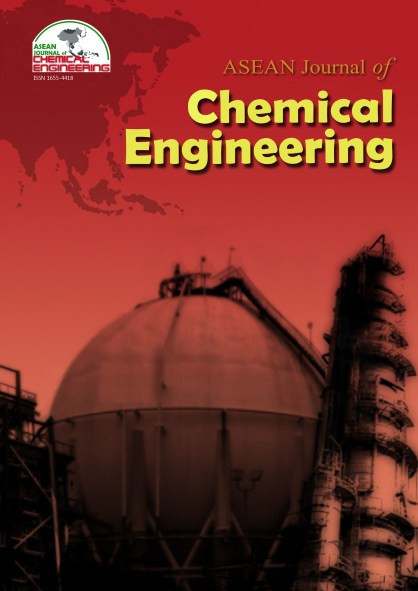Use of a Novel Algorithm to Determine Cyclic Steady State
Abstract
A simple algorithm originally proposed by Choong, Paterson and Scott (2002) was tested on a model of an isothermal controlled-cycled stirred tank reactor with substrate inhibition kinetics, (r = 1 ~c). In previous work, this reacting system had been shown to exhibit steady-state multiplicity. The transition period of this system to the stable steady state is sometimes characterized by very slow change followed by a very rapid convergence to the stable steady state. Tests of the Choong-Paterson-Scott algorithm showed that the feature, which prevents premature termination of the calculations prior to reaching the true steady state, is very useful for this system. However, tests of the stopping criterion showed that the other feature of reducing the computing time was not realized in this system.
References
2. Razon, L. F. (1988). Steady State Multiplicity Analysis of Simple Reactions in Controlled-CycfedStirred TankReactors, DLSUEng. Journal, 5,1-7.
Copyright holder for articles is ASEAN Journal of Chemical Engineering. Articles published in ASEAN J. Chem. Eng. are distributed under a Creative Commons Attribution-NonCommercial 4.0 International (CC BY-NC 4.0) license.
Authors agree to transfer all copyright rights in and to the above work to the ASEAN Journal of Chemical Engineering Editorial Board so that the Editorial Board shall have the right to publish the work for non-profit use in any media or form. In return, authors retain: (1) all proprietary rights other than copyright; (2) re-use of all or part of the above paper in their other work; (3) right to reproduce or authorize others to reproduce the above paper for authors’ personal use or for company use if the source and the journal copyright notice is indicated, and if the reproduction is not made for the purpose of sale.



